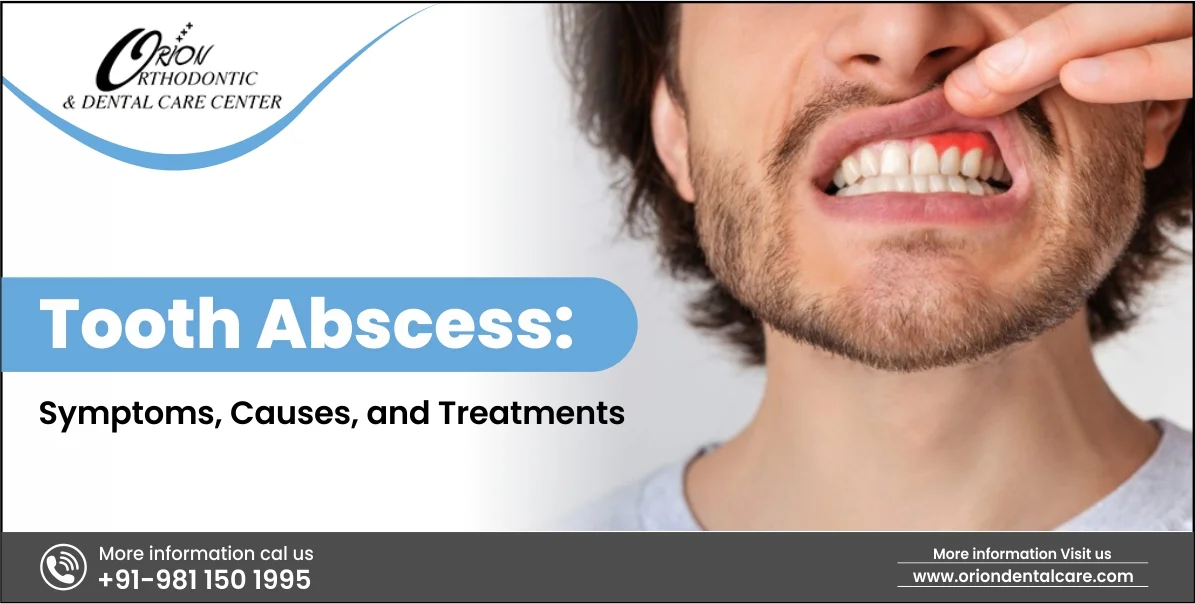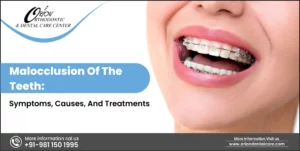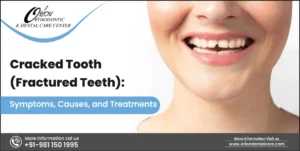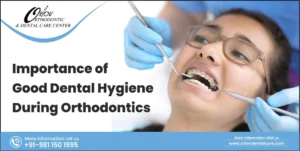A pocket of pus brought on by a bacterial infection is called a tooth abscess. For various reasons, the abscess may form in different locations close to the tooth. At the tip of the root is where a periapical abscess appears. A periodontal abscess develops in the gingival next to a tooth root.
The most common causes of tooth abscesses are untreated dental cavities, trauma, and previous dental procedures. An abscess at the root tip may result from the infection that follows, which will cause irritation and swelling (inflammation).
A tooth abscess is drained and the infection removed by dentists. With a root canal, they might be able to save your tooth.
Understanding Tooth Abscess
A bacterial infection in your gums that results in a pocket of pus is called a tooth abscess. An abscess typically resembles a red, swollen pimple, boil, or bump. The infection primarily affects the affected tooth, but it can also spread to nearby teeth and surrounding bone. Abscesses can develop around a tooth in various locations for various causes.
Abscesses can result from three different kinds of tooth infections:
- Gingival: Your gums are where this infection starts. Usually, neither your tooth nor its supporting structures are impacted.
- Periapical: An infection at the tip of your tooth root is called a periapical abscess. Bacteria can enter your tooth and travel to the pulp if you have a decayed or broken tooth. (The pulp, which houses blood vessels and nerves, is the tooth’s innermost layer.) When bacteria infiltrate the pulp of your tooth, an infection may eventually spread to the root tip and the surrounding bone, where an abscess may develop.
- Periodontal: The tissues and bone supporting your teeth are where this infection first appears. A common condition that typically arises from gum disease is a periodontal abscess.
Signs And Symptoms Tooth Abscess
A tooth abscess can present with the following symptoms:
- Intense, continuous, throbbing toothache that may radiate to your neck, ears, or jaw
- Pain or discomfort felt when biting or chewing
- Pain or discomfort in both cold and hot weather
- Temperature spike
- Swelling in your cheek, neck, or face that could make it hard for you to breathe or swallow
- Swollen, tender lymph nodes in your neck or under your jaw
- A bad odour of the mouth
- If the abscess bursts, you may experience a sudden rush of salted fluid that tastes and smells bad as well as pain relief.
Causes Of Tooth Abscess
A tooth abscess can result from anything that allows bacteria to enter your tooth or the tissues around it. Among the causes are:
- Severe cavities: A cavity, also known as tooth decay, is when the hard surface of your tooth is destroyed. This happens when food and drink sugars are broken down by bacteria, producing acid that damages enamel.
- Teeth that are cracked, chipped, or broken: Bacteria can enter a tooth through any opening and travel all the way to the pulp.
- Gum disease or periodontal disease: Gum disease, also known as periodontal disease, is an infection and inflammation of the tissues that surround teeth. The bacteria are able to penetrate deeper tissues as gum disease worsens.
- Damage to the tooth: Even in cases where there isn’t a visible crack, trauma to a tooth can still harm the inner pulp. It is vulnerable to infection because of the wound.
Treatment Options for Tooth Abscess
The purpose of treatment is to get rid of the infection and avoid problems. Options for treating a tooth abscess include:
- Incision and drainage: To release the pus from the abscess, your dentist makes a tiny incision (cut). Also, they might install a tiny rubber drain. In order to allow the remaining infection to drain out, this helps keep the area open.
- Root Canal: A root canal can help you save your tooth and get rid of the infection. In order to stop another infection, this routine procedure removes the infected pulp from your tooth and fills the empty space with material. The pulp is necessary for the tooth to grow, but once it reaches maturity, it can function without it. Your tooth should return to normal after the procedure, though a dental crown might be necessary to safeguard the root canal. The restored tooth may last a lifetime with proper maintenance.
- Tooth extraction: An abscessed tooth may occasionally sustain irreversible damage. In certain situations, your dentist might have to pull or extract your tooth.
- Antibiotics: To aid in your treatment, your dentist may advise the use of antibiotics. It’s crucial to understand that although this medication might aid in eliminating any leftover bacteria, it cannot eradicate the infection’s root cause—the damaged tooth.
Preventing Tooth Abscess
Preventing dental decay is crucial for avoiding dental abscesses. Maintaining good dental hygiene can help prevent tooth decay.
- At least twice a day, brush your teeth for two minutes using fluoride toothpaste.
- Every three to four months, or whenever the bristles become frayed, replace your toothbrush.
- Every day, floss between your teeth using dental floss or a water flosser.
- Consume a balanced diet, avoiding sugar-filled foods and between-meal snacks.
- Fluoridated water should be consumed.
- See your dentist on a regular basis for examinations and cleanings by professionals.
- To provide an additional layer of defence against tooth decay, consider using an antiseptic or a mouthwash containing fluoride.




